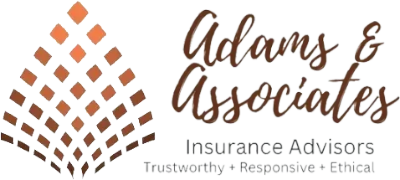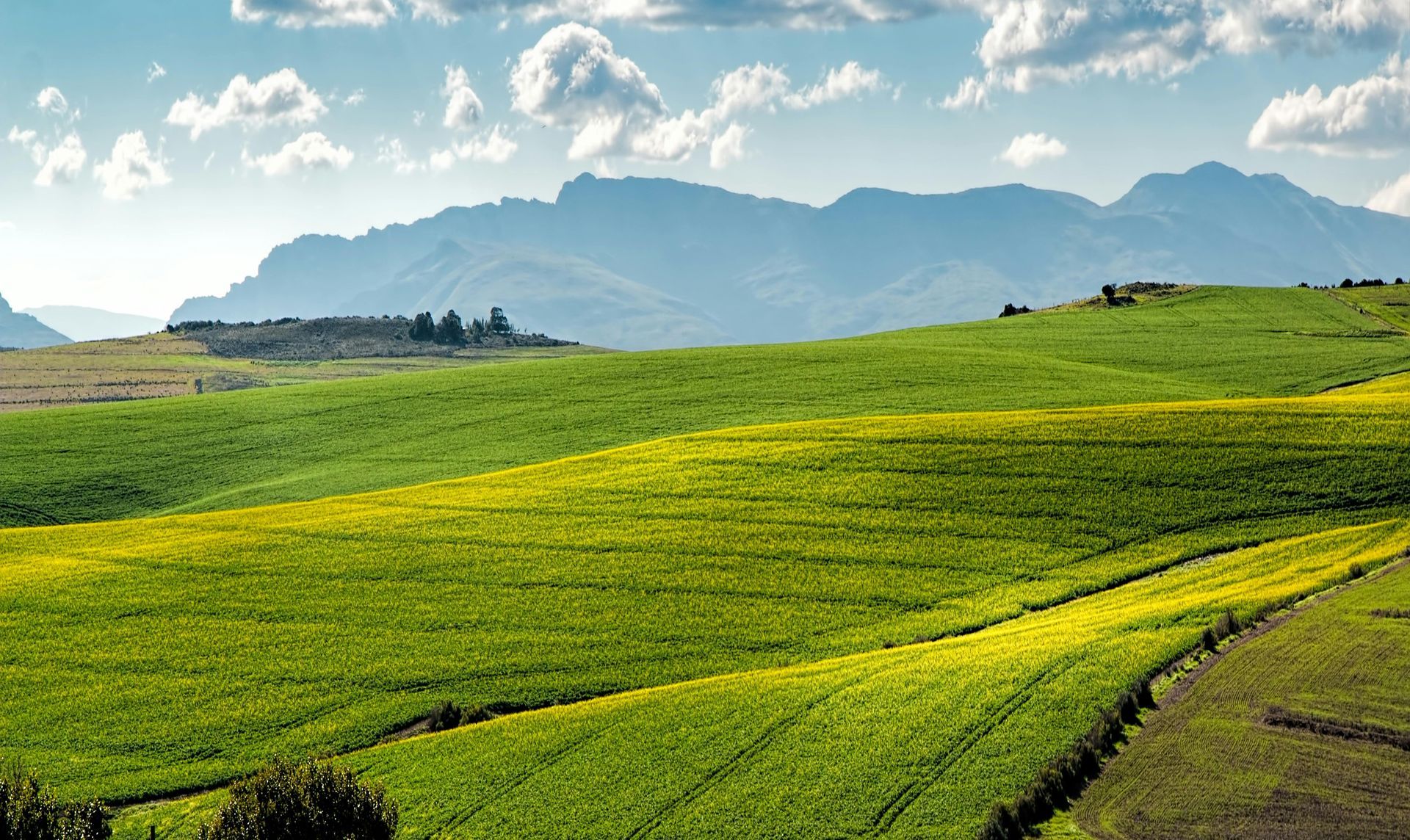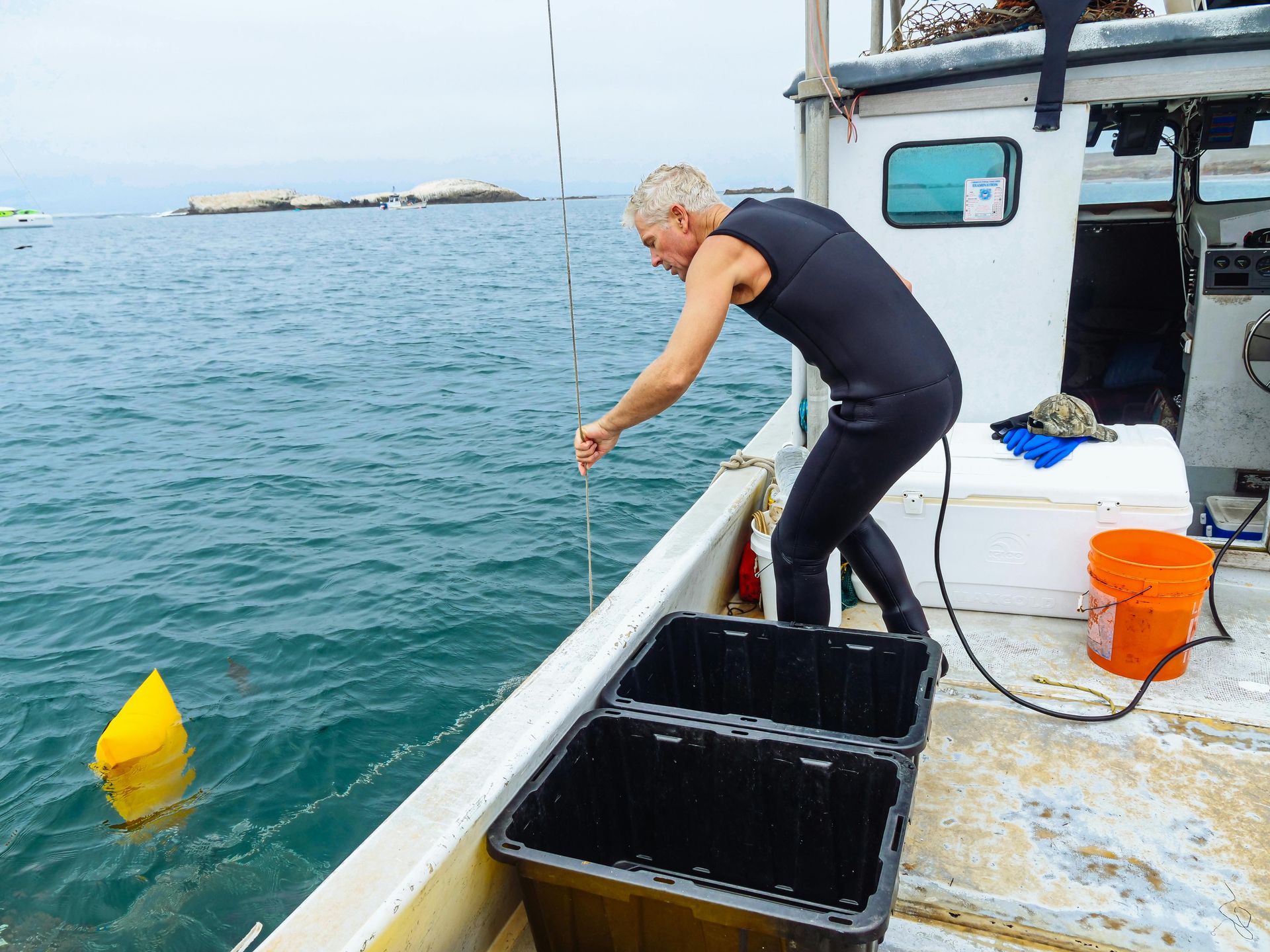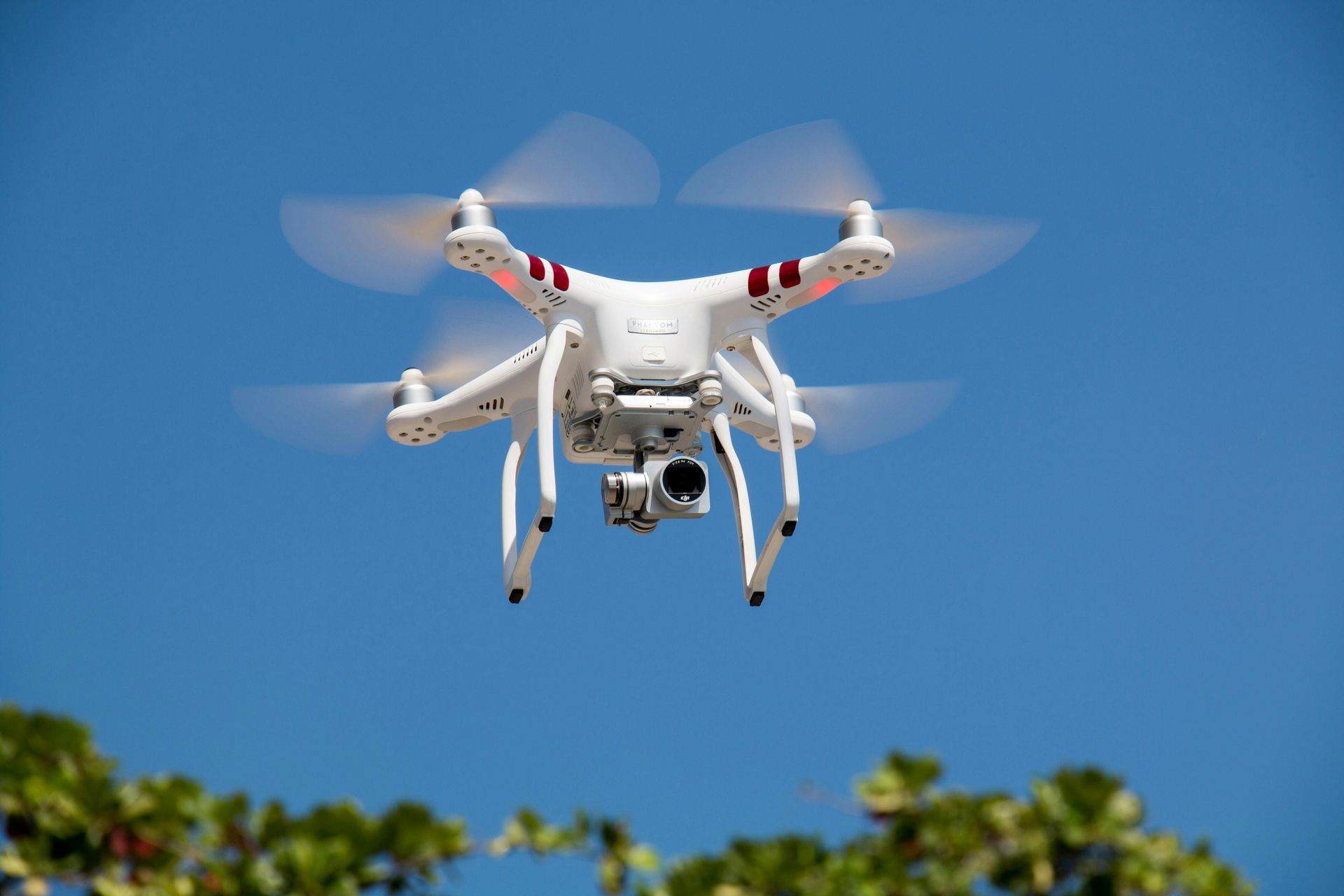Adams & Associates - Learn with Us
Farm Tours, Livestock, Equipment: The Complete Guide to Modern Farm Insurance in Hawaii
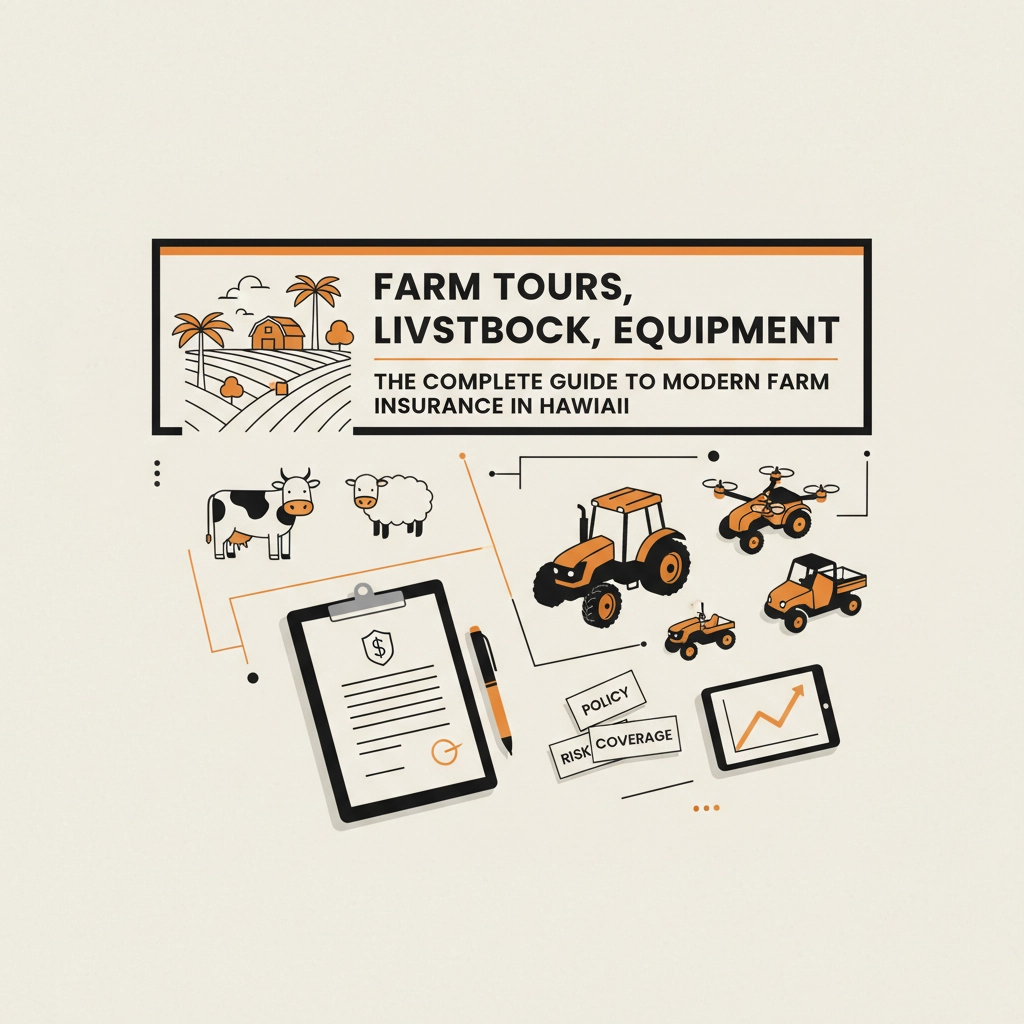
Hawaii's farming landscape is as diverse as the islands themselves. From cattle ranches on the Big Island to organic farms offering educational tours, each operation faces unique risks that require thoughtful insurance planning. Whether you're raising livestock, operating expensive equipment, or welcoming visitors to your farm, understanding your coverage options can mean the difference between a manageable setback and a business-ending disaster.
Let's break down what every Hawaii farmer needs to know about modern farm insurance coverage.
Understanding Hawaii's New Livestock Insurance Program
The biggest news in Hawaii farm insurance is the arrival of the Pasture, Rangeland, and Forage (PRF) program. This federal program launched in Hawaii for the 2025 crop year, offering something that's been missing for local ranchers: protection against feed losses due to insufficient rainfall.

How the PRF Program Works
Unlike traditional crop insurance that waits to measure actual losses, the PRF program uses rainfall data to determine payouts. Here's what makes it different:
• Rainfall Index Approach: The program tracks monthly precipitation using the Hawaii Climate Data Portal, comparing current rainfall to historical averages on precise 5-kilometer grids
• Flexible Coverage Levels: You can choose coverage from 70% to 90% of potential losses
• Customizable Productivity Factors: Select between 60% to 120% of your county's base value
• Selective Acre Coverage: You don't have to insure all your grazing land: pick the acres that matter most to your operation
• Multiple Monitoring Periods: Choose between two and six intervals during your coverage period to track precipitation deficiencies
Current Availability and Timing
Right now, the PRF program is only available on the Big Island, though expansion to other islands is planned as the pilot program develops. The sales closing date for 2025 coverage was December 1, 2024, so mark your calendar for next year's enrollment period.
QUESTIONS? Contact a local RMA agent familiar with the PRF program to discuss whether this coverage makes sense for your grazing operation.
Equipment Insurance: Protecting Your Investment
Farm equipment represents a significant investment, and Hawaii's unique climate conditions can create unexpected challenges for machinery protection.
Standard Equipment Coverage
Most farm insurance policies cover equipment against specific perils listed in your policy. This typically includes:
• Fire damage to buildings and covered structures
• Theft of equipment and tools
• Weather-related damage from covered storms
• Vandalism and malicious damage
Critical Coverage Gaps to Know
Here's where many farmers get surprised: several common farm features aren't automatically covered:
Fencing: Most policies exclude fencing unless you specifically add it through policy extensions or riders. Given Hawaii's need for livestock containment and property boundaries, this can be a costly oversight.
Maintenance-Related Failures: Equipment must be properly maintained to qualify for coverage. Technical malfunctions and damage from neglected maintenance are typical exclusions.
Access Requirements for Fire Coverage: Fire coverage for farm buildings comes with specific requirements that many producers don't realize until it's too late. Insurance companies often require:
• Paved or solid gravel roads leading to covered structures
• Reliable fire department access to water sources
• Clear, maintained road access in all weather conditions
In heavy rain or muddy conditions, unmaintained access roads may result in your insurer excluding fire coverage entirely.
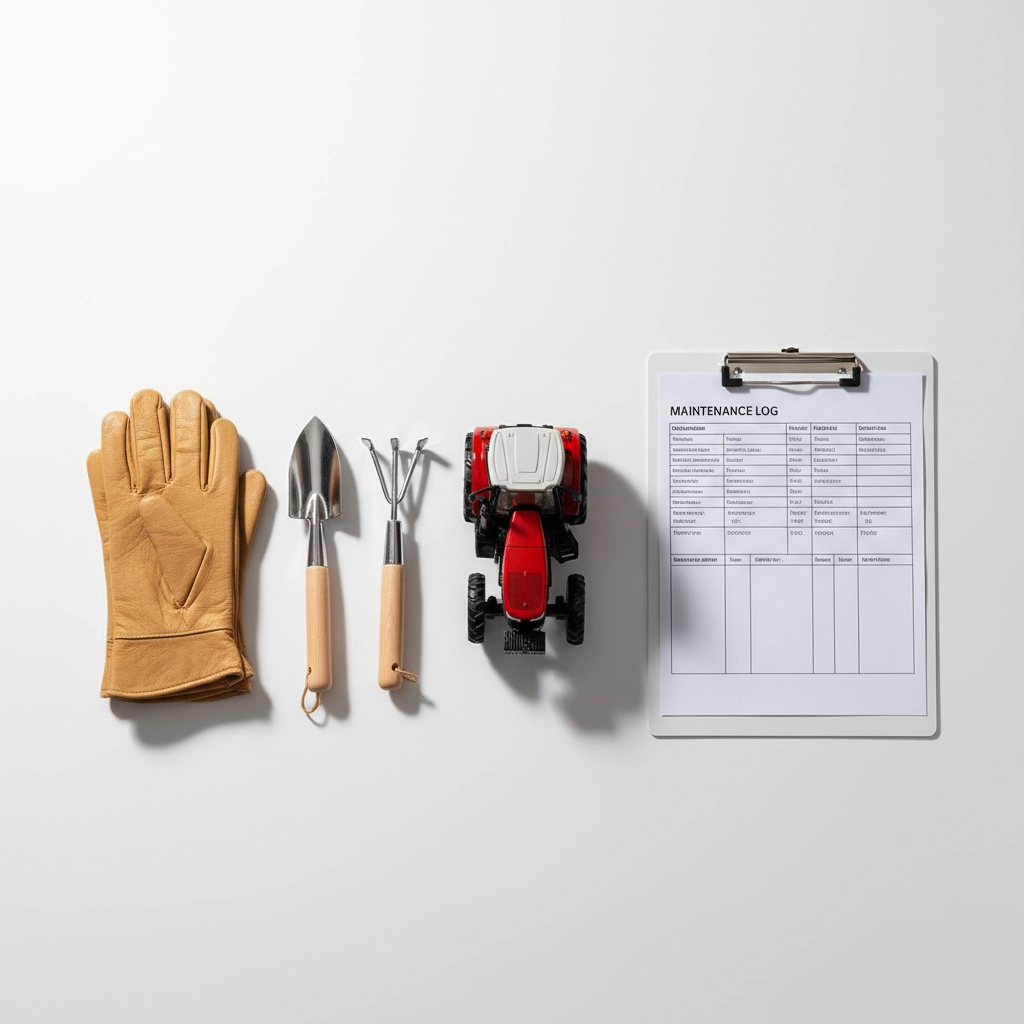
Farm Tours and Agritourism Coverage
Hawaii's growing agritourism industry offers farmers additional income streams, but it also introduces new liability risks that standard farm policies might not cover.
General Liability Considerations
When you open your farm to visitors, you're taking on responsibility for their safety. Standard farm liability coverage may not extend to:
• Slip and fall accidents during tours
• Injuries from interaction with animals
• Food-related incidents if you serve refreshments
• Accidents involving farm equipment demonstrations
Specialized Agritourism Coverage
Consider adding specific coverage for:
• Premises Liability: Protection for visitor injuries on your property
• Product Liability: Coverage if someone gets sick from farm products
• Professional Liability: Protection for educational activities and advice
• Event Coverage: Insurance for special events, workshops, or farm stays
Property Owner Requirements
If you're leasing land for your farming operation, expect landowners to require you to carry general liability insurance and name them as additional insured parties. This is standard practice for agricultural leases in Hawaii.
Building Your Comprehensive Coverage Strategy
Smart farm insurance planning in Hawaii requires a layered approach that addresses your operation's specific risks.
Start with the Basics
• Property Coverage: Buildings, equipment, and stored crops
• Liability Protection: Coverage for injuries to others on your property
• Business Interruption: Income protection if operations are halted by covered events
Add Specialized Coverage as Needed
• Livestock Mortality: Individual animal coverage for valuable breeding stock
• PRF Coverage: For grazing operations on the Big Island
• Agritourism Liability: If you welcome visitors to your farm
• Equipment Breakdown: Coverage for mechanical failures not covered by standard policies
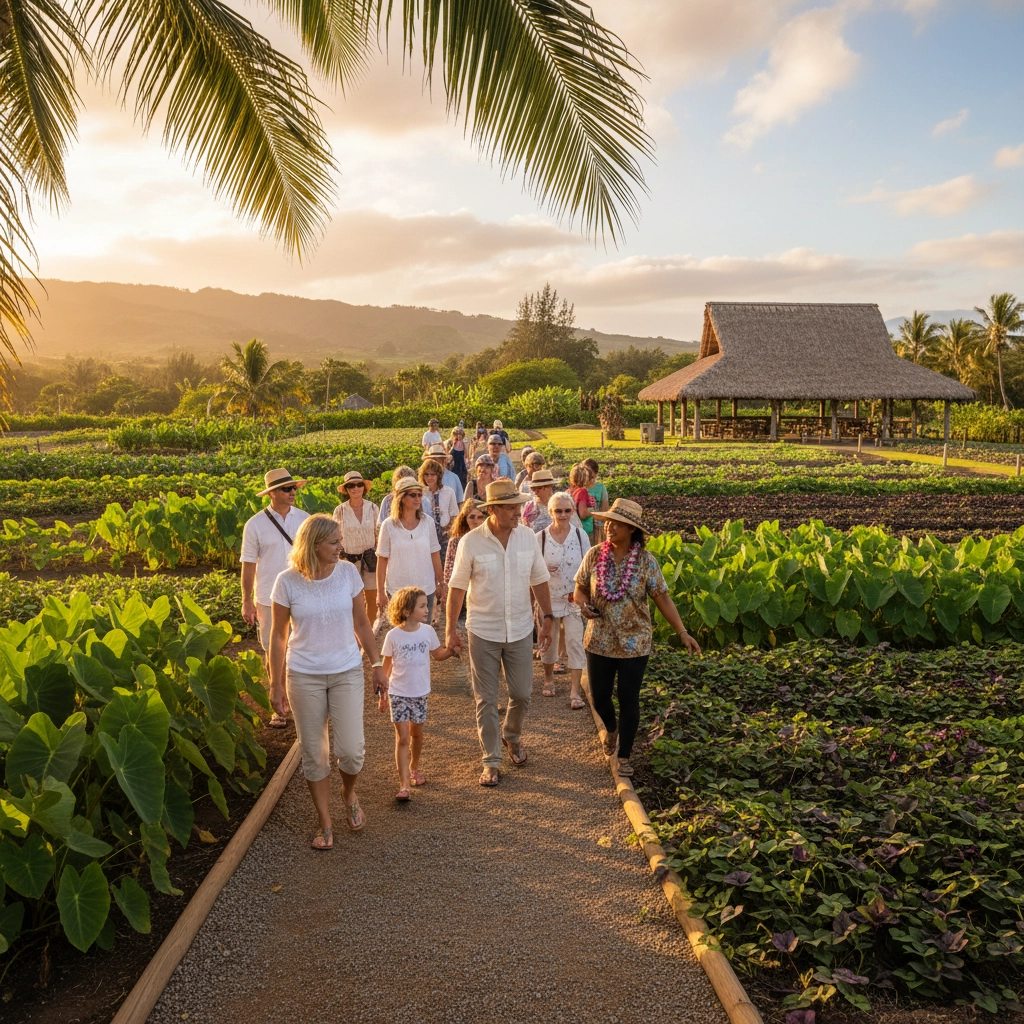
Review and Update Regularly
Your insurance needs change as your operation grows. Schedule annual reviews to:
• Update equipment valuations
• Add coverage for new buildings or operations
• Adjust liability limits based on visitor numbers
• Review exclusions and consider additional coverage
Common Exclusions to Watch
Understanding what's NOT covered helps you make informed decisions about additional coverage:
• Gradual deterioration
of buildings and equipment
• Normal wear and tear
on machinery
• Crop losses
from standard farming risks (unless specifically covered)
• Business losses
from market price changes
• Pollution cleanup
costs
• Employment practices
claims from farm workers
Taking Action: Your Next Steps
Ready to protect your Hawaii farm operation? Here's your action plan:
- Assess Your Current Coverage: Review existing policies with a local agent who understands Hawaii farming
- Identify Gaps: Compare your actual risks to current coverage limits and exclusions
- Consider PRF Coverage: If you're on the Big Island with grazing livestock, explore this new option
- Document Everything: Keep detailed records of equipment values, maintenance, and safety procedures
- Plan for Growth: Choose policies that can adapt as your operation expands
QUESTIONS? Don't wait until after a loss to understand your coverage. Connect with an insurance professional who specializes in agricultural operations and understands Hawaii's unique farming environment.
The key to effective farm insurance isn't just having coverage: it's having the right coverage for your specific operation. Take time now to build a comprehensive protection plan that lets you focus on what you do best: farming in paradise.
For personalized guidance on farm insurance options that fit your specific operation, contact our team to discuss your coverage needs and get a customized quote.
